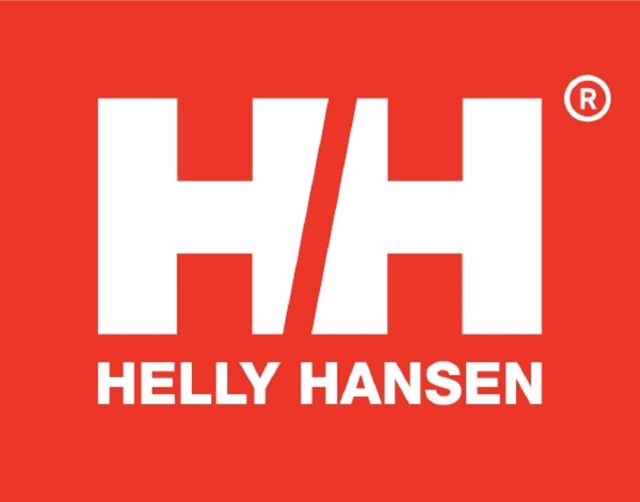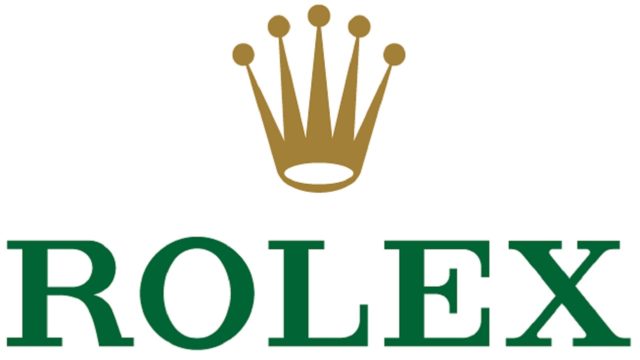LONG TERM DEVELOPMENT 3.0
Striving towards competitive success in sailing can be many things, on many platforms & different contexts. Regardless, it’s always tremendous challenge, a long term process and a rewarding journey. It helps individuals’ develop a huge variety of skills and takes an enormous amount of discipline, curiosity, patience, self awareness, and grit.
Across all paths and disciplines, success is also knowing you’ve honestly and diligently worked hard to continually grow and progress each day, learning from setbacks and new challenges, and that you had the courage and determination to pursue a big goal.
Sail Canada’s competitive pathway is situated within the larger landscape of our sport and the LTD model. The competitive pathway is focused on the pathway towards success in identified international competitions (development & Olympic classes) and is guided by Sail Canada’s Performance Strategy. That said, it can include anyone with a desire to test themselves in any aspect of competitive sailing.
The competitive pathway describes specific research, themes and principles from across sport and consists of 4 stages; Train to train, Learn to compete, Train to compete & Train to win.
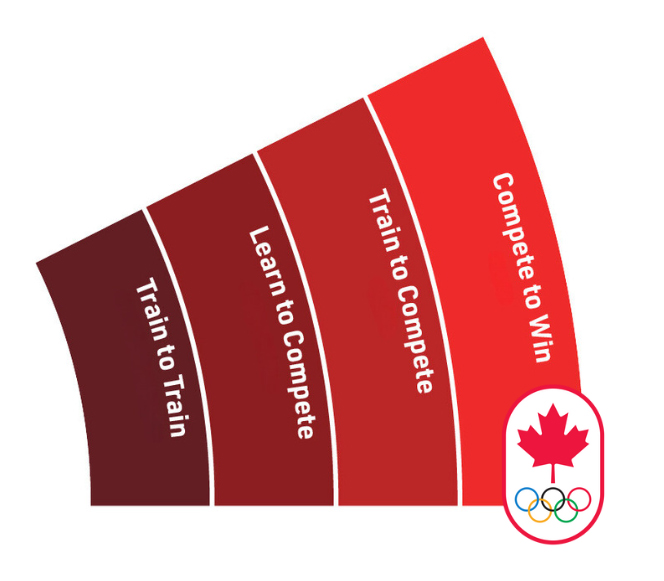 Though the focus of the competitive pathway, success is absolutely by no means only achieved through race scores and medals in the Olympic classes. Success can include a variety of outcomes within the sport; from racing at university, to pro sailing on foils across oceans, to giving back through coaching or volunteering & importantly – sailing for life.
Though the focus of the competitive pathway, success is absolutely by no means only achieved through race scores and medals in the Olympic classes. Success can include a variety of outcomes within the sport; from racing at university, to pro sailing on foils across oceans, to giving back through coaching or volunteering & importantly – sailing for life.
A key piece of this competitive pathway is better supporting athletes and coaches with tangible resources and better connections and alignment across the system. We’re always working with athletes and coaches front of mind.
Development v Performance sport: Development sport includes all age group competition, including the U19, U21 & U23 World Championships. Performance sport is competition at the international open championship level including the Sailing World Cup, European & World Championships & the Olympic Games.
It’s also important to remember that too often we impose programs we think represent performance programs on individuals at earlier stages of development. As a consequence, young athletes are left in an environment which doesn’t support the development and consolidation of core fundamental skills in a process driven way. Young participants are not little performance athletes and the needs of individuals in each stage of development are specific and unique – initially the water should be a playground, not just a training ground.
COMPETITIVE PATHWAY MATRIX | NEXT GEN PROGRAMS
TRAIN TO TRAINAt this stage programming is primarily club led and provincially based, including shoulder season activity and winter training blocks. Continue to focus on fun, skill development, and the concepts of “meaningful competition” and True Sport. At this stage participants should strive to build world class core proficiencies and racing skills. Towards the end of this stage there is the opportunity for major fitness developments, as long as this is supported with sound practice and the guidance of professionals. The introduction to ancillary skills such as nutrition, movement prep & recovery should also be integrated into the daily training environment. LEARN TO COMPETEAt this stage participants will likely begin to identify as athletes or focus their attention on other opportunities to participate in the sport, be that as kite/wing foilers, sailing with their university teams, giving back as coaches & instructors, competing recreationally or exploring new waters. This is a crucial transition. At this stage programming is led by club and/or provincial teams, with the potential support from Sail Canada National Training Centers. A team based, athlete centered, coach led yearly training plan should be carefully periodized, executed and routinely updated. Careful consideration should be given to the integration of professional ancillary support from identified sports practitioners. While athletes will continue to be principally supported by their primary club or provincial coach, they will also likely begin to travel and attend Sail Canada programs in specific locations as part of a 12 month training program and begin attending major continental and appropriate international competitions. |
We know fun has always been one of the key reasons that kids and adolescents participate in sport, far out weighing winning or meeting other people’s expectations. Research has shown that how kids, coaches and parents think about fun doesn’t always line up. If we think about fun and long term development, we know that connecting how coaches and participants think about fun matters. The three most important factors to kids and adolescents across genders having fun in youth sports are found to be trying hard, positive and knowledgeable coaches and team work/sportsmanship. How we achieve that for specific groups might be different but valuing and supporting these factors in our programs will have a positive long term impact. |
TRAIN TO COMPETE
At the beginning of this stage, programming is led by clubs, provincial teams, AND Sail Canada National Training Center (NTC) coaches. Identified athletes will likely be incorporated with “enhanced training opportunities” with similarly identified athletes and the Canadian Sailing Development Squad. A team based, athlete centred yearly training plan should be carefully designed, with input and ownership share between athletes and coaches. Careful consideration should be given to the integration of professional ancillary support from identified sports practitioners. Athletes will also regularly travel and attend enhanced training opportunities in specific locations as part of a 12 month training program and begin attending major continental and appropriate international competitions.
While initially athletes will continue to be principally supported by their primary club or provincial coach, towards the end of this stage, athletes will likely transition towards a holistic, professional and targeted high performance program. Programming should be led by Sail Canada National Training Center & Podium Performance coaches, with closely integrated professional ancillary support.
Towards the end of this stage the competitive pathway becomes more specific and begins to focus on success in elite competition at World Championships and the Olympic games in identified classes, “the podium pathway”.
While athletes on the competitive pathway are encouraged to participate in different aspects of the sport, those committed to the podium pathway will begin to train and compete in an increasingly specialized environment and be holistically supported by coaches and practitioners with expert knowledge of their field. The focus of athletes towards the end of stage is on competitive success and tracking towards podium results at World Championships and the Olympic Games.
 TRAIN TO WIN
TRAIN TO WIN
Programming at this stage is supported by dedicated Sail Canada Podium Coaches. Athlete programs will likely include full time holistic, professional and individualized support, intensely focused on top five performances at the World Championships and Olympic Games.
This stage is reserved for athletes who have a realistic chance of placing in the top five at World Championships or the Olympic Games. They are the best of the very best in their sport, and not everyone on a national team will fall into this category.

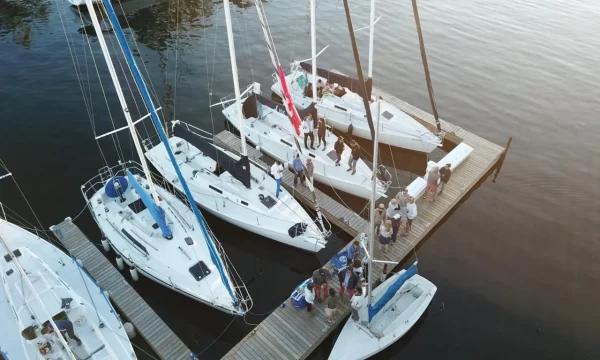
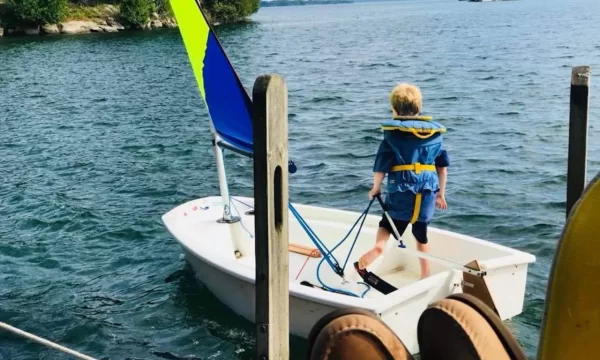
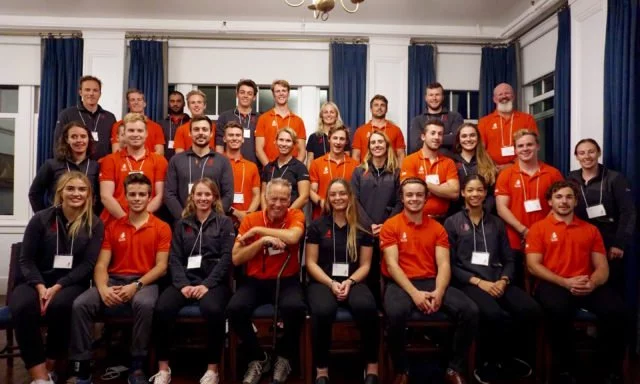
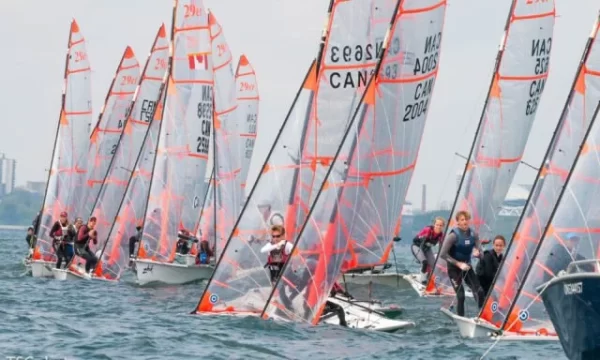
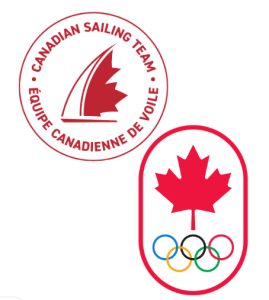 TRAIN TO WIN
TRAIN TO WIN